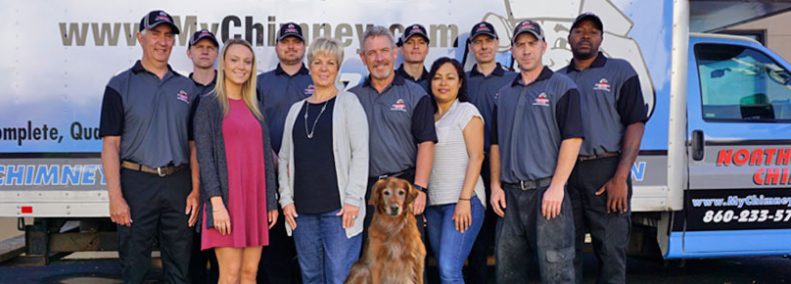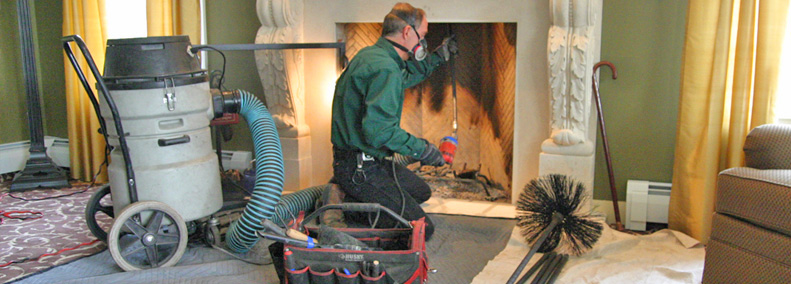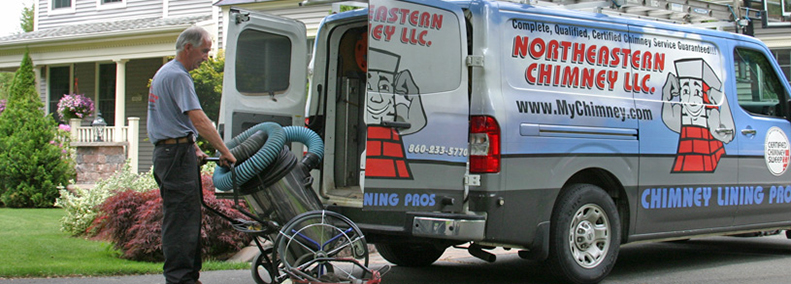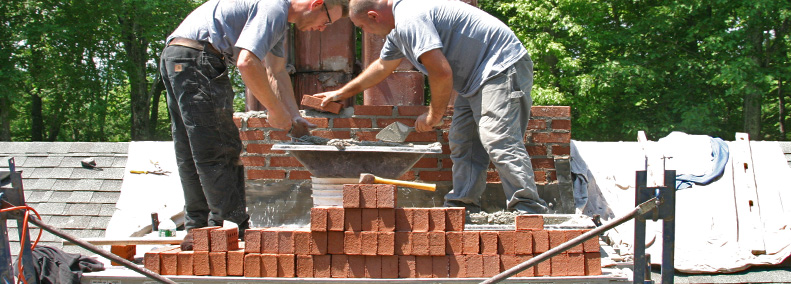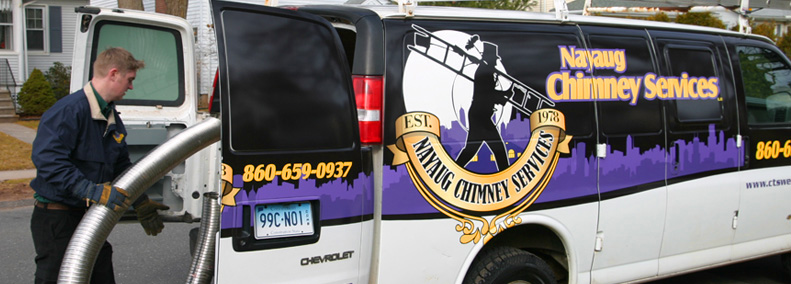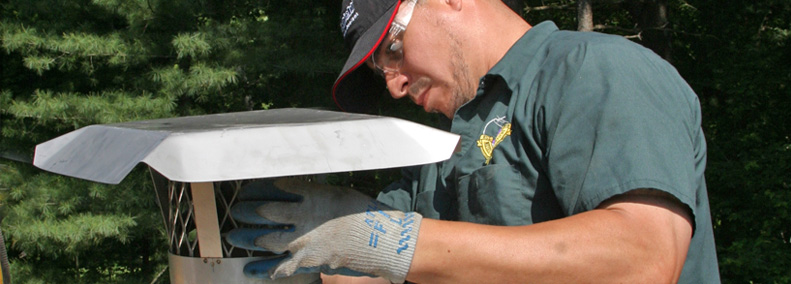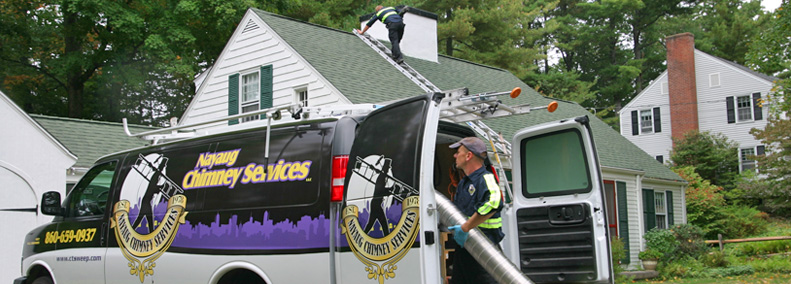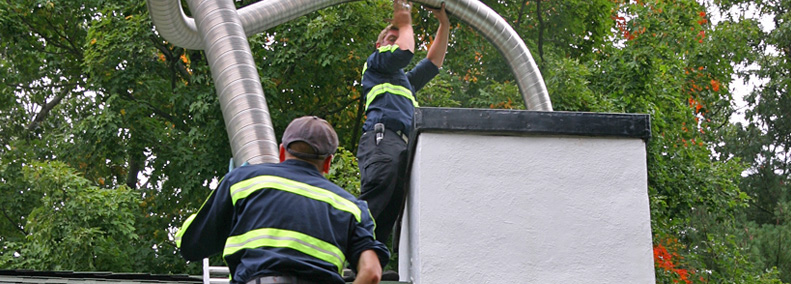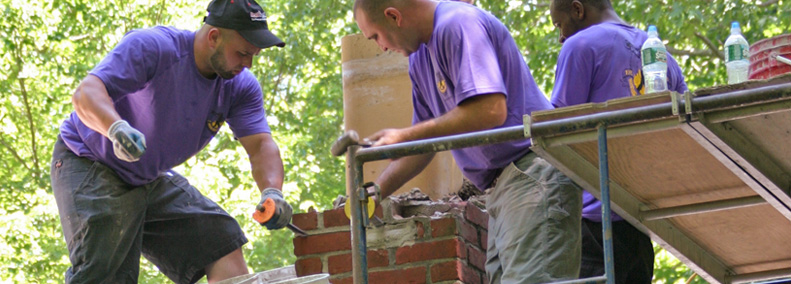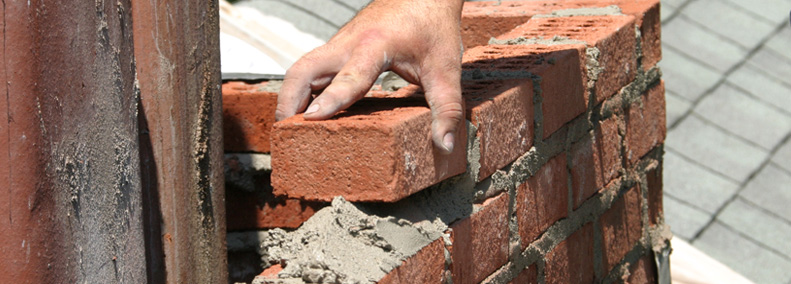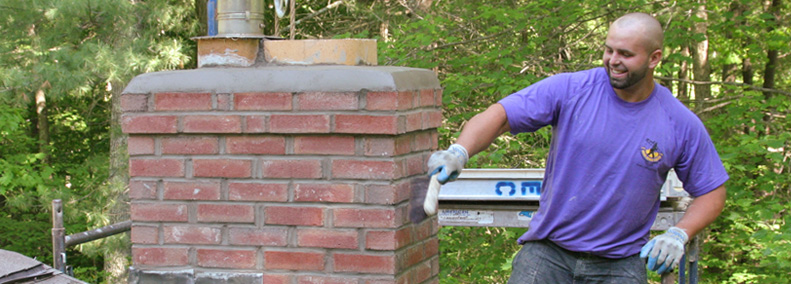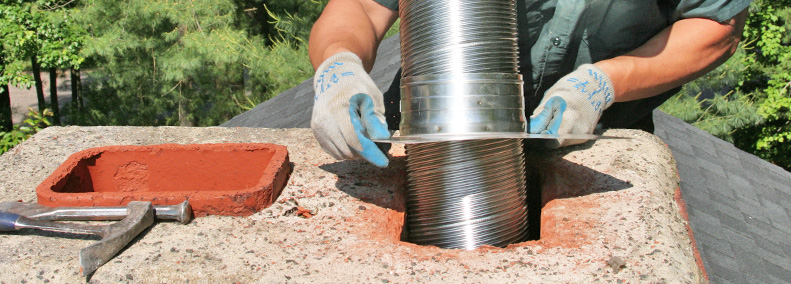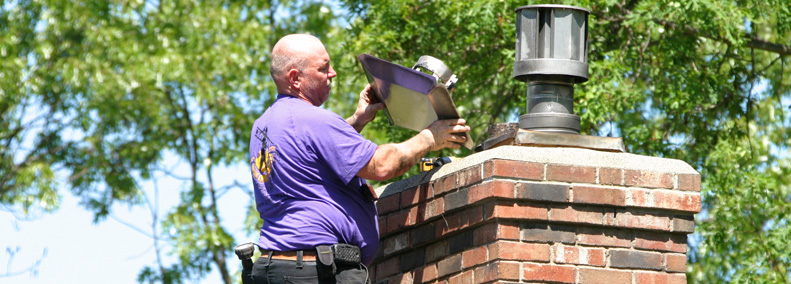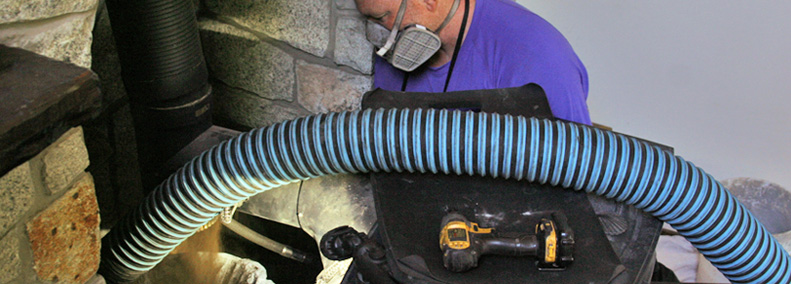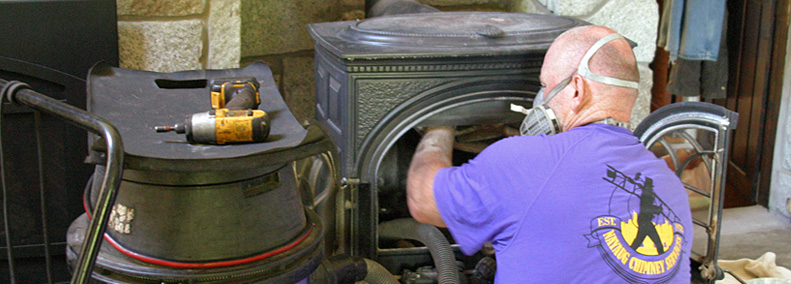03.27.12
Chimney Myths and Misconceptions
 The National Home Builder’s Association found that 77 percent of people looking for a new home state that their most wanted household fixture is a fireplace. While the draw of a warm, romantic flickering flame is appealing for most homeowners, fireplaces require more maintenance than putting the occasional extra long on the fire. Let’s take a look below the surface to better understand common misconceptions and myths about chimney ownership and care.
The National Home Builder’s Association found that 77 percent of people looking for a new home state that their most wanted household fixture is a fireplace. While the draw of a warm, romantic flickering flame is appealing for most homeowners, fireplaces require more maintenance than putting the occasional extra long on the fire. Let’s take a look below the surface to better understand common misconceptions and myths about chimney ownership and care.
The Myth: If I burn pine or other soft woods, it will cause excess creosote to build up in my chimney.
The Facts: While this myth has been around for ages, studies conducted by the University of Georgia found that the amount of damage wood left on the chimney was a result of low-temperature fires rather than a resin rich fuel source. Pine may have more sap on it than other varieties of wood, but recent research has proven that this is not the cause for excess creosote buildup in chimneys. Instead, it seems that the problem of creosote buildup is caused by how ready the wood is to burn instead. Before wood is ready to burn, it must be dry and seasoned. This process can take up to a year to do properly. Making sure you use dry wood to burn fires is more important than whether you choose hard or soft wood varieties.
The Myth: I don’t use my chimney enough throughout the year to get yearly inspections and cleanings.
The Facts: While logically this statement seems correct, outside factors make regular inspections necessary. Even if the chimney has not been in use in a while, cracks may still form in the masonry or liner, animals may still nest in the chimney and water may still damage the structure. There are many things that could go wrong, even without regular use. It is better to be safe than sorry when costly chimney repairs are concerned. Many chimney fires happen when a homeowner decides to build a fire after years of not using the fireplace. Prevention is always less expensive than repairs when it comes to the chimney foundation and structure!
The Myth: Fireplaces may look warm and cozy but they make the room colder!
 The Facts: This one may have some truth to it. In fact, for a fire to burn, there must be oxygen and this oxygen comes from the room that the first place is in. And when the warm oxygen of the room gets used up in the fire it is replaced with (usually) cooler air from someplace else. Some people use Firebacks to help with this problem. Firebacks put against the back wall of your fireplace will help radiate heat out into the room so that more hot air is dispersed into the room. With the use of a fireback, the look and feel of the fire can be enjoyed without losing so much heat from the room. Of course energy efficient wood and gas burning stoves and inserts available today work much better than the older masonry fireplaces.
The Facts: This one may have some truth to it. In fact, for a fire to burn, there must be oxygen and this oxygen comes from the room that the first place is in. And when the warm oxygen of the room gets used up in the fire it is replaced with (usually) cooler air from someplace else. Some people use Firebacks to help with this problem. Firebacks put against the back wall of your fireplace will help radiate heat out into the room so that more hot air is dispersed into the room. With the use of a fireback, the look and feel of the fire can be enjoyed without losing so much heat from the room. Of course energy efficient wood and gas burning stoves and inserts available today work much better than the older masonry fireplaces.
The Myth: I don’t need fancy brushes or tools to clean my own chimney – I found these great home remedies that will give me the same effect.
If you have found the website that explains the do-it-yourself chimney cleaning method, you may want to watch this short video to familiarize yourself with what is actually in your chimney.
[youtube 2hgzv3-VukU 560 315]
The Facts: Home remedies can be as varied and out of the box as anyone can imagine and while these options are usually creative, they are rarely effective. Unless you are prepared to deal with a huge sooty mess and some potential problems down the road, chimney cleaning should be left up to the professionals. Cleaning techniques such as dropping a burlap sack filled with bricks down your chimney or cleaning from the top of your roof by using the top part of a pine tree in place of a specialized brush may seem like a creative solution, but the end result will not be nearly as thorough or reliable as a job done by a professional. Creosote is a sticky black substance that sticks to the walls of your chimney that is very difficult to clean off without the proper tools and knowledge. What looks clean to a homeowner may look hazardous to a trained professional. And don’t worry about the relatively small costs involved, the assurance of a safe home and family will offset the minor expenditures associated with yearly chimney inspections and cleanings.
The Myth: Installing a metal liner means that I will not have to get yearly chimney inspections anymore.
The Facts: Metal chimney liners may seem like a suit of armor for the interior of a chimney. While these liners are very effective, they are not invincible. They are still subject to sooty build-up and dangerous creosote accumulations and require regular cleaning. Even after the installation of a metal liner, yearly inspections must continue. While metal liners may be a solution for other chimney problems, the installation of these pre-fabricated liners do not guarantee further problems will not develop. It is important to know that some liner warranties may even be void if inspections are not continued after the installation. For this reason and to ensure the safety of your home, chimney inspections should always be kept up with regardless of your liner type and condition. This will ensure minor repairs are caught early and costly problems do not come up down the road.
The Myth: Every Christmas Eve Santa climbs down the chimney of every little boy and girl’s home to leave presents.
 In the old days when we were all kids, Santa Clause could easily fit down chimneys of all shapes and sizes throughout the world. But in recent years with all the triple-chocolate-chip-butter cookies left in every home for the jolly old man, this has caused him some extra weight gain requiring the loosening of the belt on his Santa suit. And so, the jolly old man must occasionally look into alternative entry methods besides by way of chimney for bringing the gifts into the homes of each and every little boy and little girl.
In the old days when we were all kids, Santa Clause could easily fit down chimneys of all shapes and sizes throughout the world. But in recent years with all the triple-chocolate-chip-butter cookies left in every home for the jolly old man, this has caused him some extra weight gain requiring the loosening of the belt on his Santa suit. And so, the jolly old man must occasionally look into alternative entry methods besides by way of chimney for bringing the gifts into the homes of each and every little boy and little girl.
Some myths can be amusing and entertaining and fun to hear but the humor only exists once you know the truth. Find the facts with this short guide and don’t be fooled by these common chimney myths and misconceptions.

 Tap to Call Now
Tap to Call Now